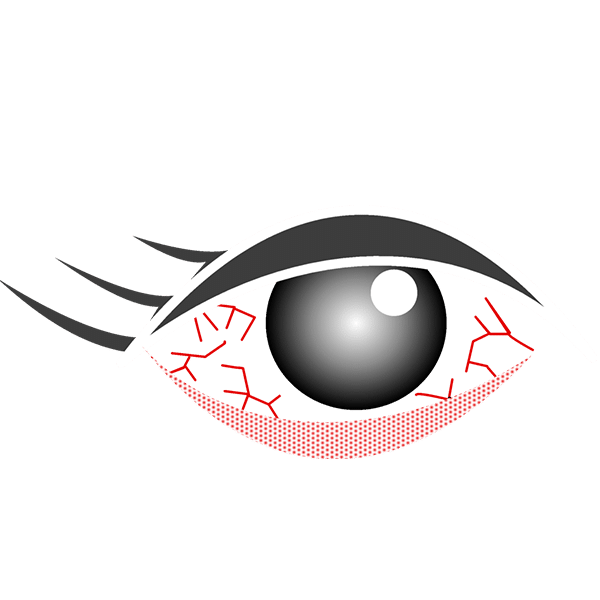
Common, chronic condition causing inflamed eyelids.
Blepharitis is the medical term for inflammation of the eyelid. Symptoms include redness, irritation, itchy eyelids and the formation of scales on eyelashes. It can be treated but not cured; if untreated it can sometimes lead to eyelid entropion from scarring. There are two types of blepharitis:
- Anterior blepharitis occurs at the outside front edge of the eyelid where the eyelashes are rooted.
- Posterior blepharitis affects the inner edge of the eyelid that is in contact with the eyeball. Here there are the oily gland openings which in blepharitis become blocked with inspissated meibomian secretions. The oil produced by the meibomian glands is thicker and has a milky appearance, rather than a clear oil. This can lead to a condition called Chalazion which is discussed in another section.
Treatment
Blepharitis and meibomitis can be distressing conditions. Treatment depends on the specific type of blepharitis. The key to treating most types of blepharitis is keeping the eyelids clean and crust free by means of good lid hygiene, however some cases may require more complex treatment plans.
Treatments include:
- Hot flannel soaking and cleaning twice daily
- Eyelid wipes
- Antibiotic ointment to lid margins
- Lubricating eyedrops
- Treatment of acne rosacea with tetracycline-family medication
- A diet high in Omega-3,6 & 9
- Flax seed oil
- Meibomian gland dysfunction (MGD) eyebag treatment
For more intensive treatment, speak to an Oculoplastics specialist who can suggest BlephEx.
. BlephEx is a perfect way to treat the chronic condition of Blepharitis. It is a painless in-office procedure performed by Dr Maria de Bono Agius. A revolutionary new patented BlephEx hand piece is used to very precisely and carefully, spin a medical grade micro-sponge along the edge of your eyelids and lashes, removing scurf and debris and exfoliating your eyelids.
The procedure lasts about 15 minutes and is well tolerated. Most patients simply report a tickling sensation. A numbing drop is usually placed in each eye prior to treatment for increased comfort. After the procedure, the patient is instructed on how to maintain their clean eyelids with regular lid hygiene. Since home treatments are only semi-effective, the procedure is typically repeated at 4-6 month intervals.